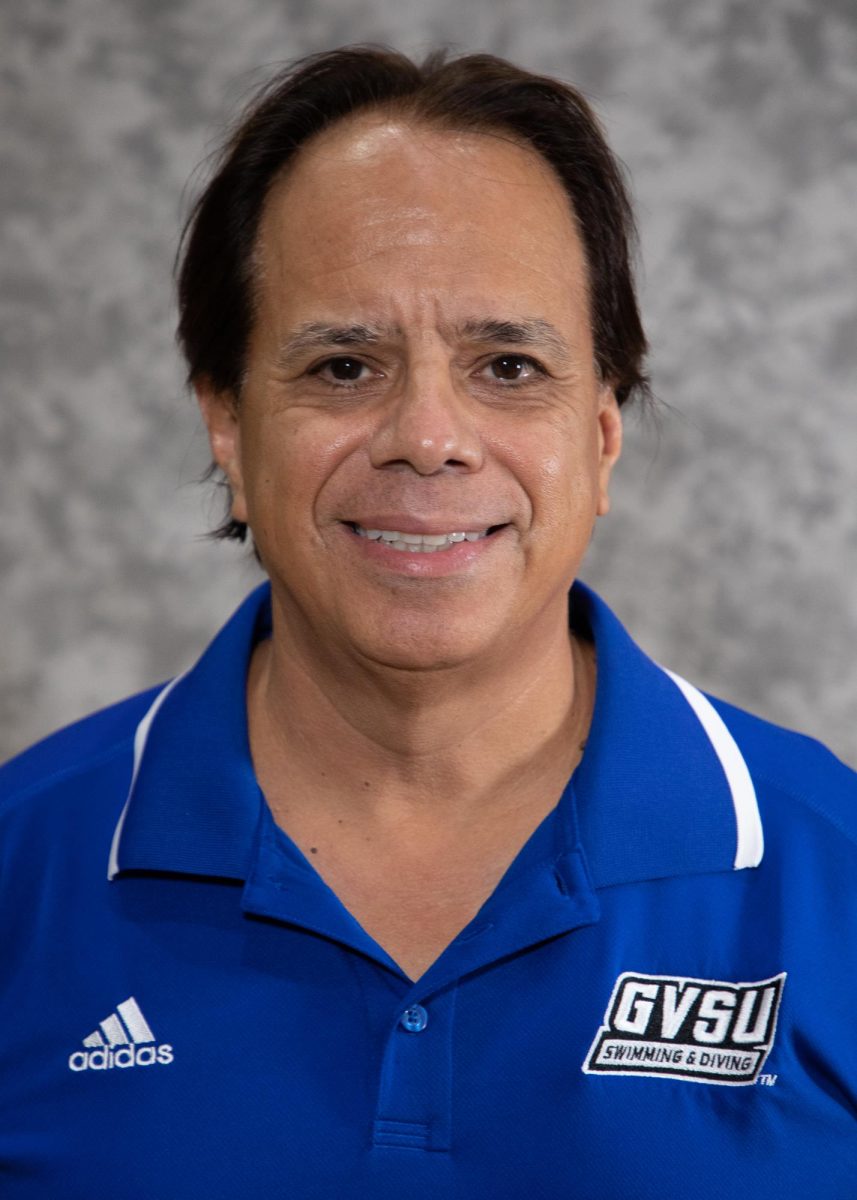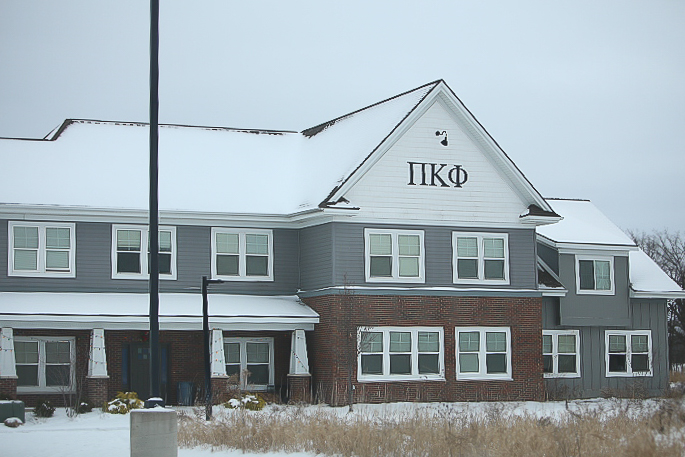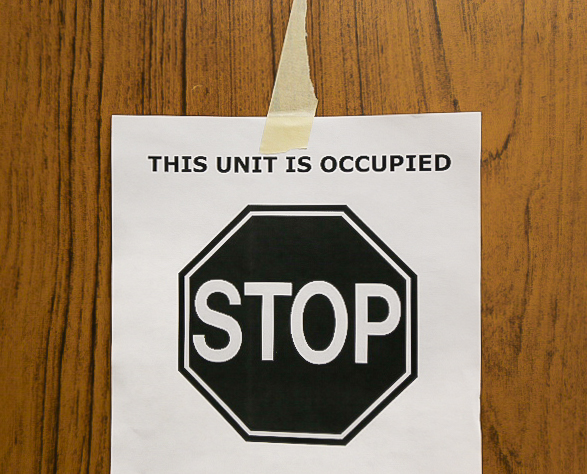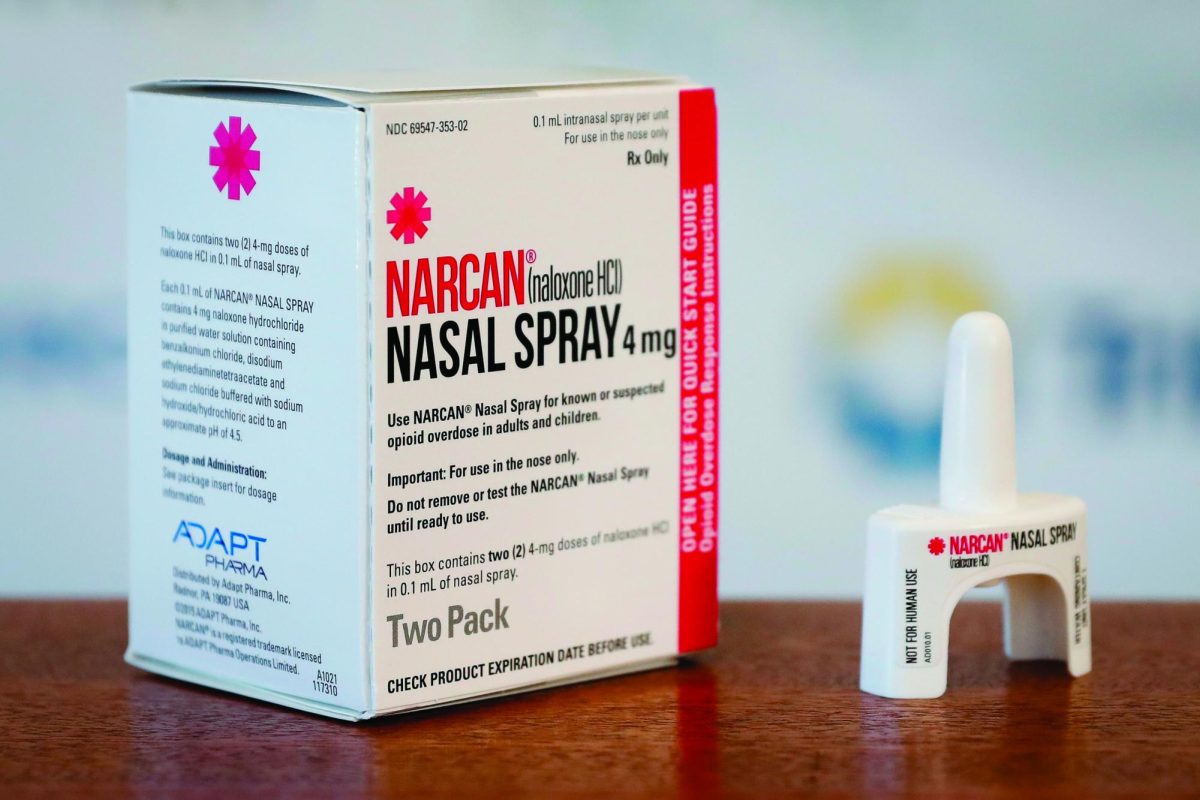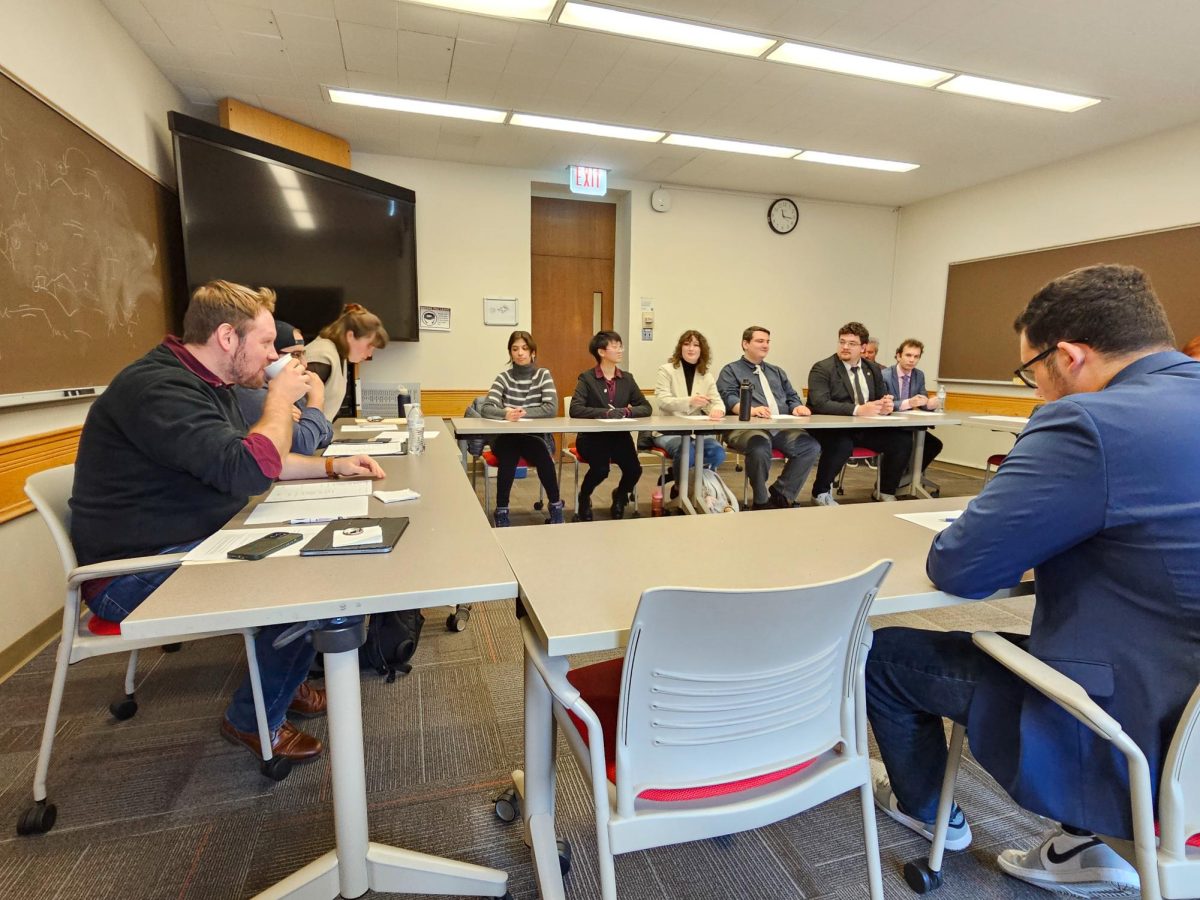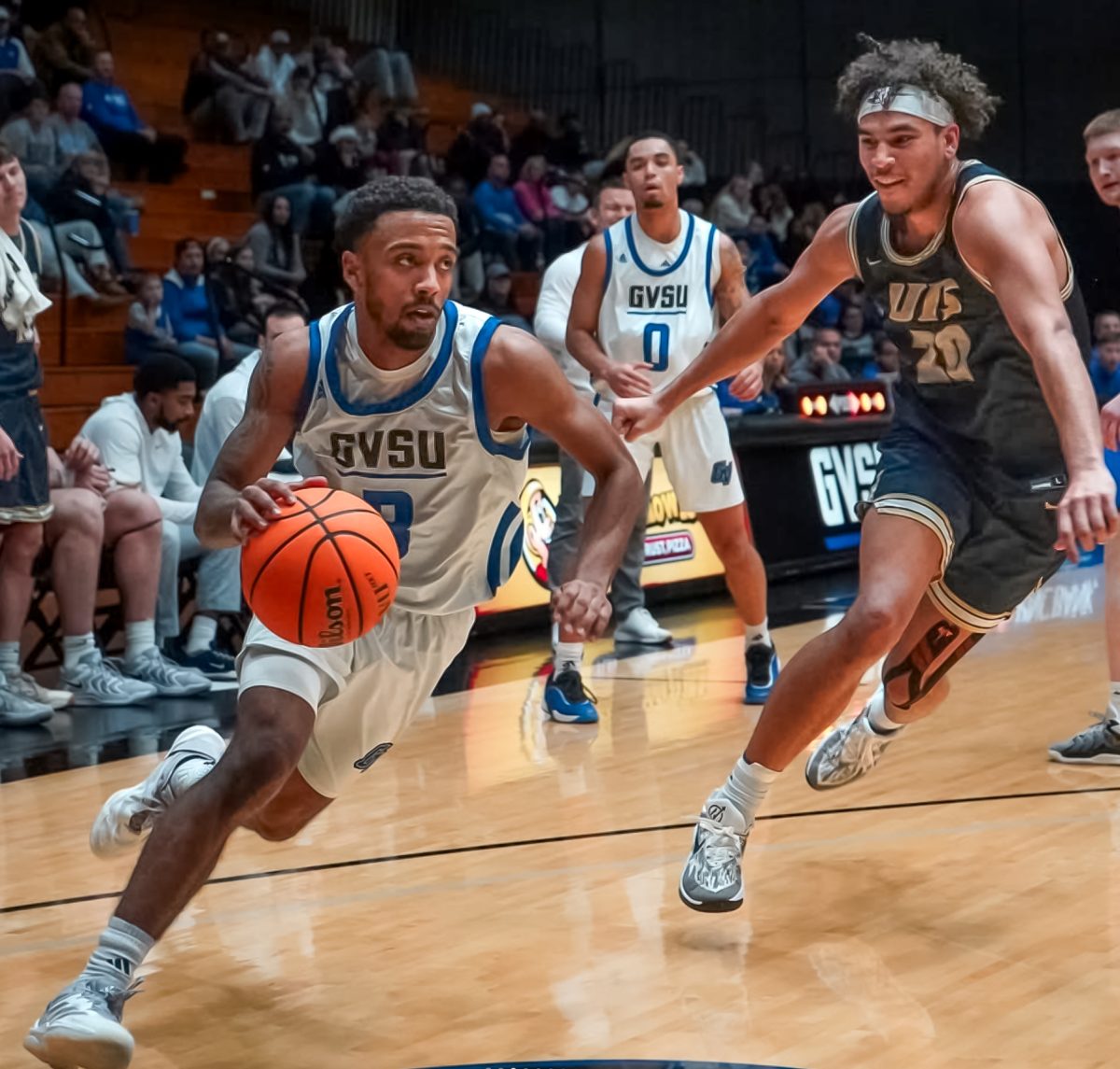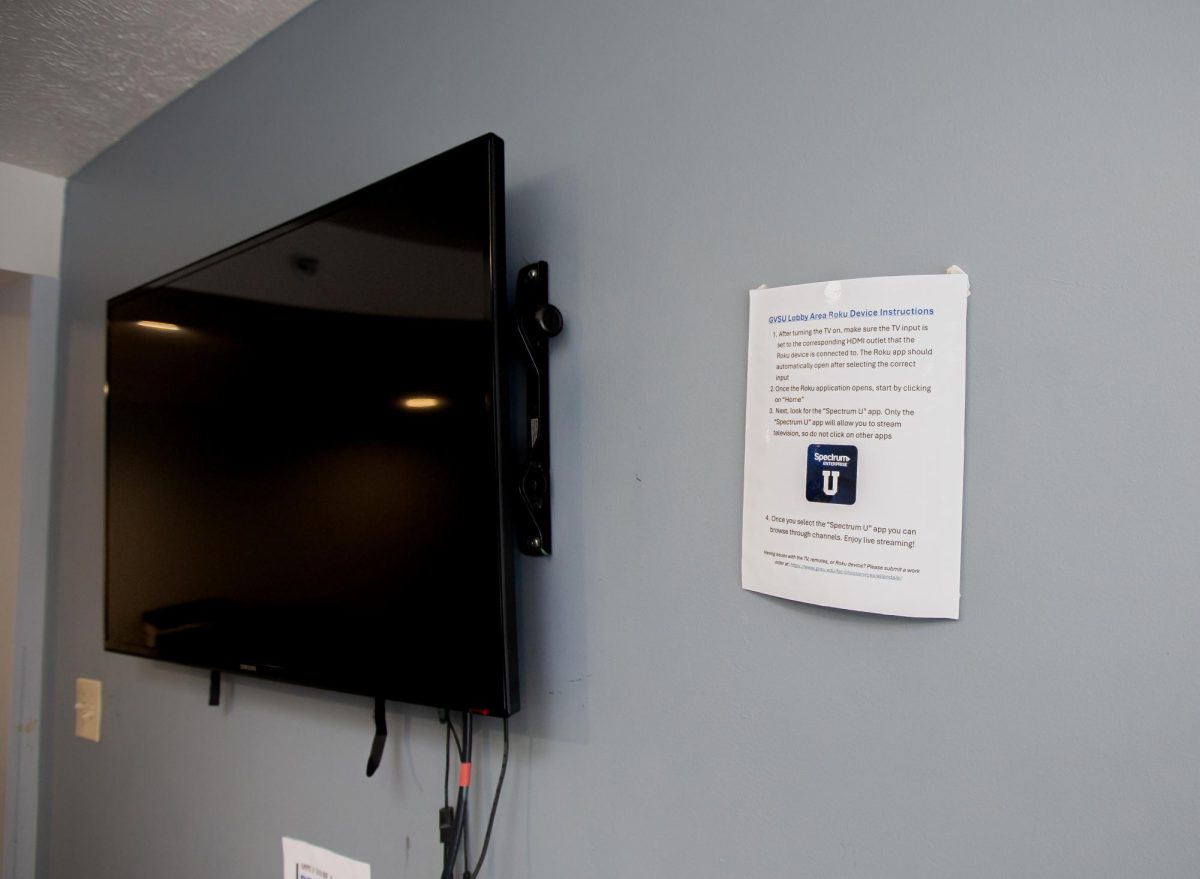Blood drives on campus help local hospitals
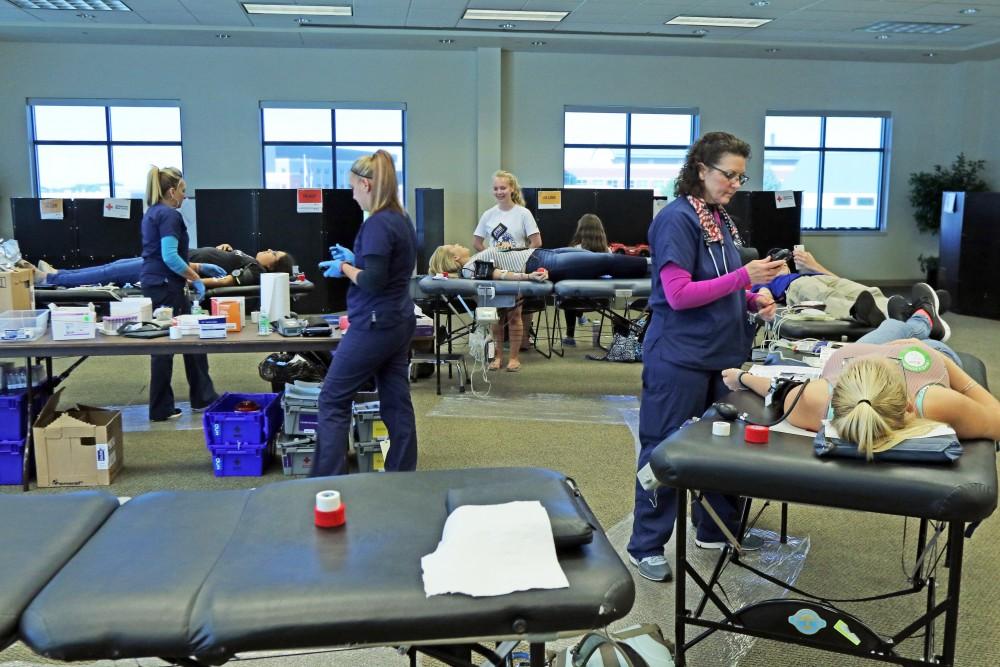
GVL / Emily Frye The Pre PA club hosts a blood drive on Tuesday Sept. 20, 2016.
Sep 22, 2016
Throughout the academic year, Grand Valley State University will host multiple blood drives in collaboration with Michigan Blood and the American Red Cross on the Allendale and Pew campuses. These blood drives will serve to provide both local and, in some cases, national hospitals with much-needed blood, drawing strategically upon a large, consolidated population of people.
Ashley Minor, the American Red Cross donor recruitment account manager for Kent and Ottawa counties, believes making blood drives convenient for busy college students is the key to engaging this important demographic.
“The reason that we do blood drives here on campus is to make it as convenient as possible for students to give blood,” she said. “If it’s convenient and it’s on campus and it’s right here, it’s usually a really good option for students, and then we find that they grow into repeat and lifelong donors.”
Amy Smith, blood program consultant at Michigan Blood, agrees college campuses are particularly good places to host blood drives for a number of reasons.
“College students make wonderful blood donors,” she said. “(They’re) young and healthy and there’s just a lot of people at the same time, same place.”
Throughout the country and state, there is a constant and pressing need for donated blood. According to the American Red Cross, someone in the U.S. needs blood every two seconds.
“We need between 400 and 500 pints or units of blood every single day in order to meet patients’ needs throughout the state,” Smith said. “I don’t think people really realize the volume that is necessary. It’s a constant need because the blood components have a shelf life and platelets, for example, will only last for five days.”
Since there are no replacements for human blood, donors continue to be the only available source for this precious substance.
“The only way to save lives through blood transfusion is to get volunteer donors to donate blood,” Minor said.
Nevertheless, many people who are eligible to give blood either don’t donate at all or don’t donate as frequently as they could.
Only about three out of 100 people who are eligible to give blood actually do, Smith said. She thinks many people incorrectly believe they are ineligible to donate blood.
“Any healthy person who is at least 16 years old can give blood. Most common medications are no problem for blood donation, including cholesterol medication, blood pressure, antidepressants,” Smith said. “If we can help people to understand that they are eligible, that would be a big hurdle to leap.”
Both the American Red Cross and Michigan Blood are nonprofit, FDA-regulated organizations that provide hospitals with donated blood for patients who need transfusions. However, there are some differences between them.
“The difference primarily is where the blood goes,” Smith said. “Michigan Blood is the sole blood provider for all the Kent County hospitals, as well as about 60 hospitals statewide, so we provide blood for Michigan patients. That’s sort of our point of pride is that we are your local blood provider.”
The American Red Cross, on the other hand, supplies both local hospitals and hospitals across the nation with blood.
“We actually supply 40 percent of the nation’s blood supply,” Minor said. “We fill our local hospital contracts first, and then anything that is excess we can send to other areas in West Michigan, in Michigan or nationwide.”
For the blood drives at GVSU, both Michigan Blood and the American Red Cross rely heavily on the student organizations that host them to promote the blood drives and work with potential donors.
“The more invested the sponsor group is in the mission behind the Red Cross and getting people in the door, the more successful the blood drives are,” Minor said.
After the initial organizational and promotional work, the blood donation procedure itself is fairly simple.
“Really, all (donors) have to do is rest well, eat well, drink well, grab their driver’s license and head to the blood bus,” Smith said.
For the blood drives conducted by Michigan Blood, students will have to fill out a registration form and a get a mini health screening. Students will get their blood pressure and pulse checked, their temperature taken and their blood iron levels tested. In addition, students will have to answer some questions about their health and travel history in order to determine their eligibility. The entire procedure takes about an hour.
“You get to feel like a hero,” Smith said. “On average, each blood donation helps about three patients.”
For more information about the blood drives, including dates, times and locations, visit www.gvsu.edu/service/blood-drives-59.htm.




